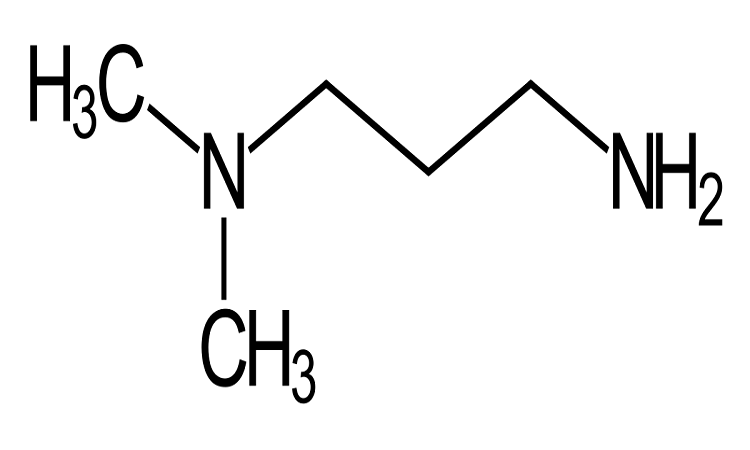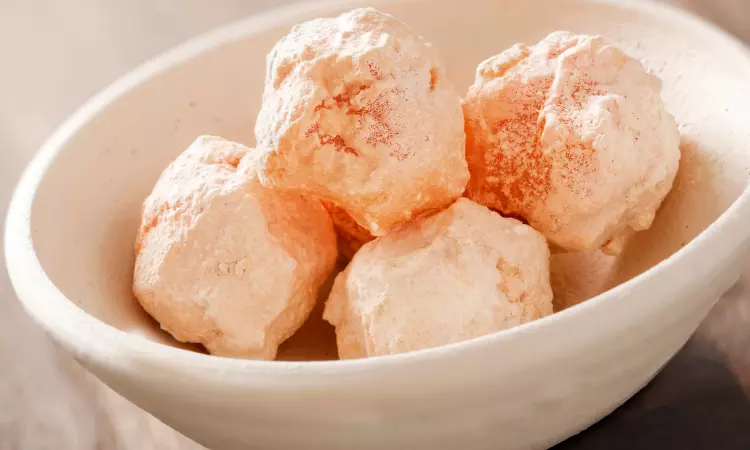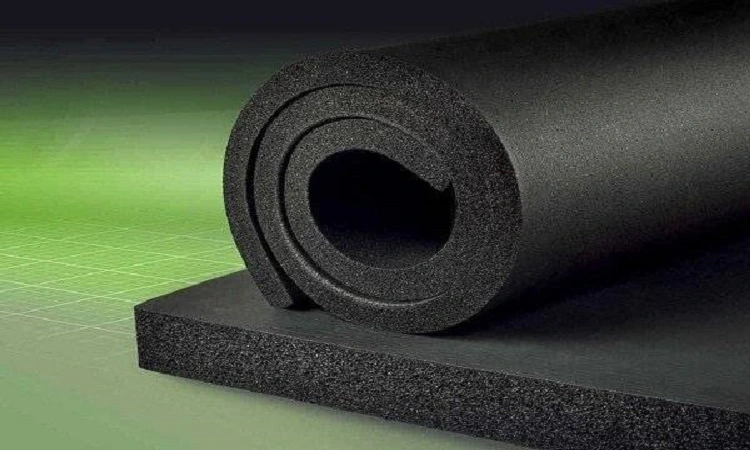Procurement Resource Analyses the Production Cost of DMAPA in its New Report
Analyses Overview of The New Production Cost Report of DMAPA
The new report by Procurement Resource, a global procurement research, and consulting firm, looks in-depth into the costs involved in the production of DMAPA. The comprehensive report analyses the production cost of the material, covering the raw material costs and co-product credit, equipment costs, land and site costs, labour wages, maintenance costs, financing charges, and depreciation costs. The extensive study describes the stepwise consumption of material and utilities along with a detailed process flow diagram. The report also assesses the latest developments within the industry that might influence DMAPA production costs, looking into capacity expansions, plant turnarounds, mergers, acquisitions, and investments.
Product Definition:
A diamine, 3-(Dimethylamino) propylamine, or DMAPA, is used in the production of surfactants such as Cocamidopropyl betaine, which is obtained in a variety of personal care items like soaps, shampoos, and cosmetics. It is a flexible intermediate that may be used in a variety of ways.
Factors Impacting the DMAPA Production Cost:
Dimethylaminopropylamine (DMAPA) is most commonly used as a catalyst in the manufacturing of polyurethane foam. Polyurethane foam is extensively employed in automobile interiors, bedding, footwear, and furniture, among other applications. DMAPA is projected to see an increase in demand as demand for polyurethane foams rises. As a result, the worldwide DMAPA market is expected to develop over the forecast period. Because it is used as a surfactant in personal care products, the worldwide DMAPA market is predicted to develop due to increased demand for personal care products. These factors are expected to impact the production cost of DMAPA.
Procurement Resource Assessment of DMAPA Production:
This report examines the cost of producing DMAPA from dimethylamine and acrylonitrile using the Michael reaction and subsequent hydrogenation. The nucleophilic addition of a carbanion occurs in the Michael reaction. The reaction of the starting ingredients produces raw reaction products in the first stage, which are subsequently hydrogenated to produce DMAPA and various by-products in the second step. Finally, through distillation, the by-products are eliminated, culminating in the synthesis of DMAPA.
About Us:
Procurement Resource ensures that our clients remain at the vanguard of their industries by providing actionable procurement intelligence with the help of our expert analysts, researchers, and domain experts. Our team of highly seasoned analysts undertake extensive research to provide our customers with the latest and up-to-date market reports, cost-models, price analysis, benchmarking, and category insights, which aid in simplifying the procurement process for our clientele. We work with a diverse range of procurement teams across industries to get real-time data and insights that can be effectively implemented by our customers. We also track the prices and production costs of an extensive range of goods and commodities, thus, providing you with the updated and reliable data. We, at Procurement Resource, with the help of the latest and cutting-edge techniques in the industry, help our clients understand the supply chain, procurement, and industry climate, so that they can form strategies which ensure their optimum growth.
Contact Us:
Company Name: Procurement Resource
Contact Person: Chris Smiths
Email: sales@procurementresource.com
Toll Free Number: USA & Canada: +1-415-325-5166 | Europe & Africa: +44-702-402-5790 | APAC: +91-8586081494
Address: 30 North Gould Street, Sheridan, WY 82801, USA
Blog – https://procurementresource.blogspot.com/
Website: https://www.procurementresource.com/


